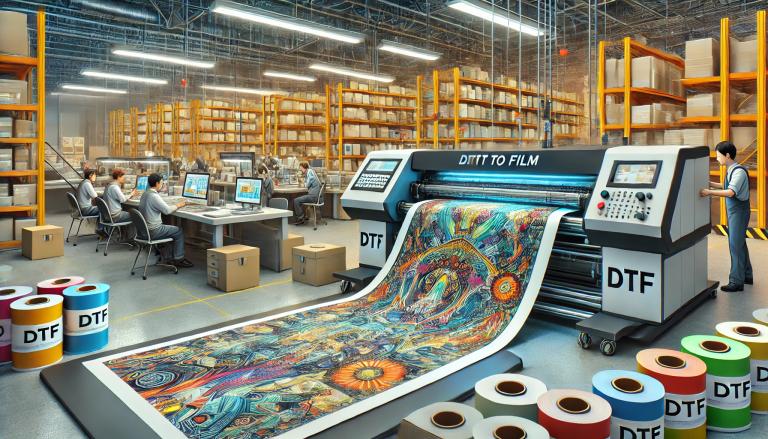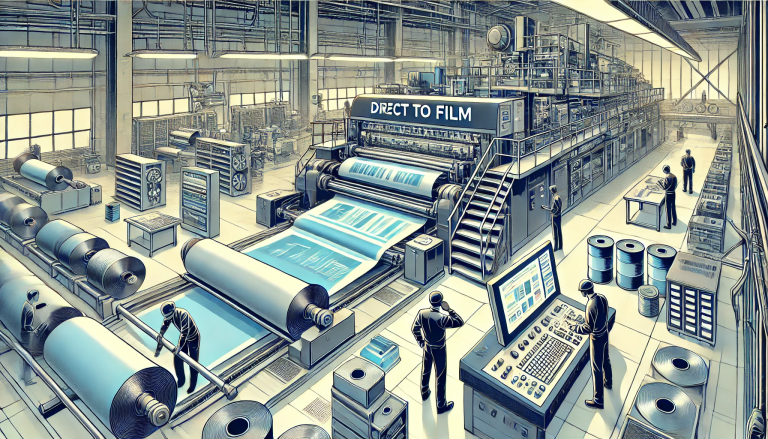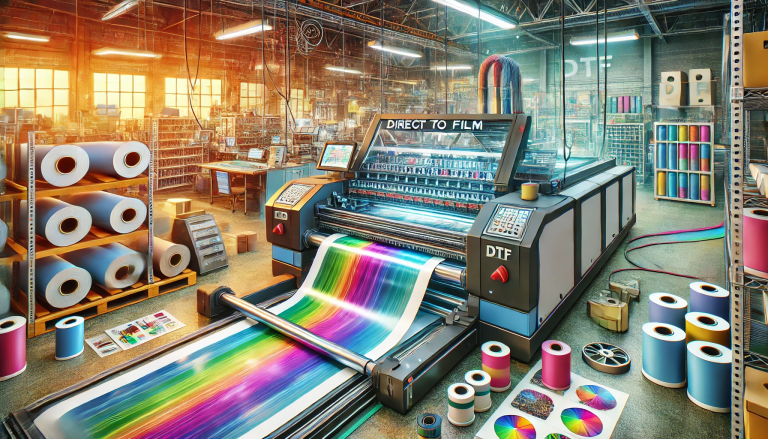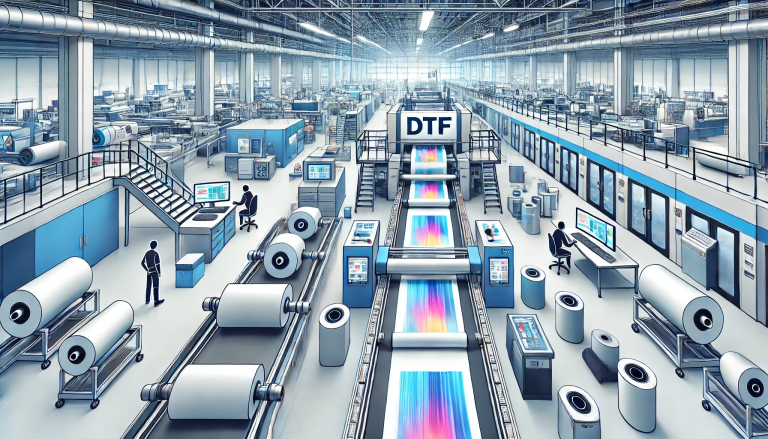“Direct-to-Film (DTF) Printing for Shirts: Revolutionizing Custom Apparel” -MAXDTF- China Transfer DTF UV Decal, UV DTF transfer Paper Factory, Made in China
If you’ve ever looked into the world of custom apparel printing, you’ve likely come across a myriad of printing methods, from screen printing to direct-to-garment (DTG). However, the newest kid on the block, Direct-to-Film (DTF) printing, is creating quite the buzz. Here’s why:
1. What is Direct-to-Film (DTF) Printing?
DTF printing involves printing designs onto a specialized film, which is then heat-pressed onto a garment. Unlike DTG, which prints directly on the shirt, DTF prints on a film that acts as an intermediary. This film is coated with adhesive powder and then heat-transferred, allowing the design to bond with the shirt.
2. Advantages of DTF Printing
- Versatility: DTF can be used on a broader range of materials compared to other methods. Whether it’s cotton, polyester, denim, or blends, DTF can handle it all.
- High Detail: DTF printers can produce intricate designs with sharp details, vibrant colors, and smooth gradients.
- Durability: With the right care, DTF prints can last as long as screen prints.
- Low Setup Cost: Unlike screen printing, which requires a different screen for each color, DTF has minimal setup, making it more economical for small batches.
3. Comparing with Other Methods
- Screen Printing: This is a traditional method that pushes ink through a mesh stencil onto fabric. It’s excellent for large batches but not cost-effective for small runs due to its high setup cost. Screen printing can’t reproduce detailed designs as DTF can.
- Direct-to-Garment (DTG): A newer method where designs are printed directly onto a garment. While DTG is suitable for detailed designs, it works best on cotton and sometimes struggles with color vibrancy on dark shirts. DTF, on the other hand, can maintain vibrancy across a variety of materials.
4. Applications of DTF Printing
- Custom Apparel: For those looking to start a boutique apparel brand or offer customized shirts, DTF can be an economical way to start.
- Promotional Wear: Businesses can use DTF to produce promotional tees for events, giveaways, and other marketing purposes.
- Fashion Industry: With its capacity for intricate designs, DTF is becoming popular among fashion designers wanting to experiment with graphics.
5. Conclusion: Is DTF the Future?
While it’s too soon to tell if DTF will replace other methods, its advantages certainly make it an appealing option, especially for those in the custom apparel business. Its ability to merge the detail of DTG with the versatility of screen printing makes it a powerful contender in the industry.
If you’re considering entering the custom apparel space or looking to upgrade your existing methods, DTF might be worth a closer look. As with any technology, it’s essential to weigh the pros and cons and consider how it fits into your business model. However, there’s no denying that Direct-to-Film printing has firmly planted its flag in the world of custom apparel printing.






